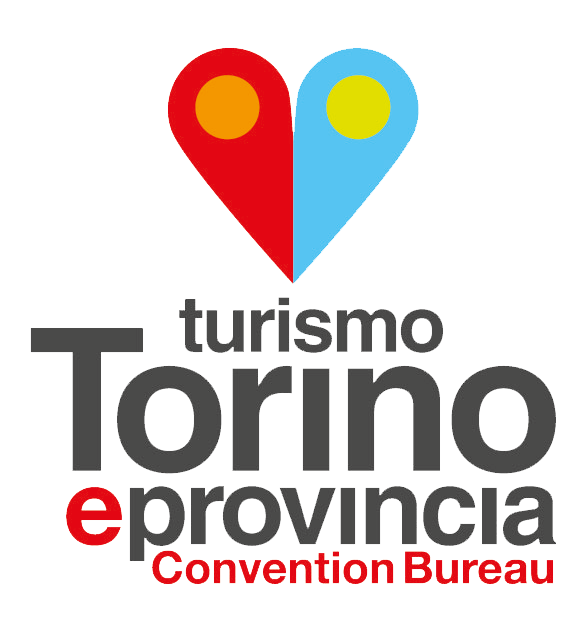Presenter
Guenzi Caterina - Ecole des Hautes Etudes en Sciences Sociales, Center for South Asian Studies (CESAH), Paris, FrancePanel
15 – Hospitals in South Asia: Historical and Ethnographic PerspectivesAbstract
Since December 2021, two new laws regulate in India the thriving medical sector of the Assisted Reproductive Technologies (ART) to ensure safe and ethical practice in a domain that had been for decades only “softly” supervised by guidelines and recommendations. According to the law, ART banks are crucial institutions of the ART sector. Yet, they have been little investigated. Based on a 10-month fieldwork in Chandigarh, my paper will examine the gap between the way ART banks are legally defined and regulated, and their actual practice and organization. Failing to recognize the structural and functional difference between sperm and oocyte banks, the law deals with oocyte banks as if they were “banks” the way sperm banks are, that is, physical spaces where reproductive cells can be collected, stored and then supplied. However, oocyte banks are very rarely asked to collect and conserve biological substances. They are agencies dealing with human resources management, that is hiring women serving as egg donors. Because of this fundamental misunderstanding, the new legislation not only avoids to regulate a very complex labor market, but also relegates this sector to the occult economy. By showing how egg donors are selected, recruited, tested and transported in different places for oocyte retrieval, I will shed light on the distinctiveness of this reproductive labor force, much bigger than the one related to surrogacy, and yet less visible and little studied.


